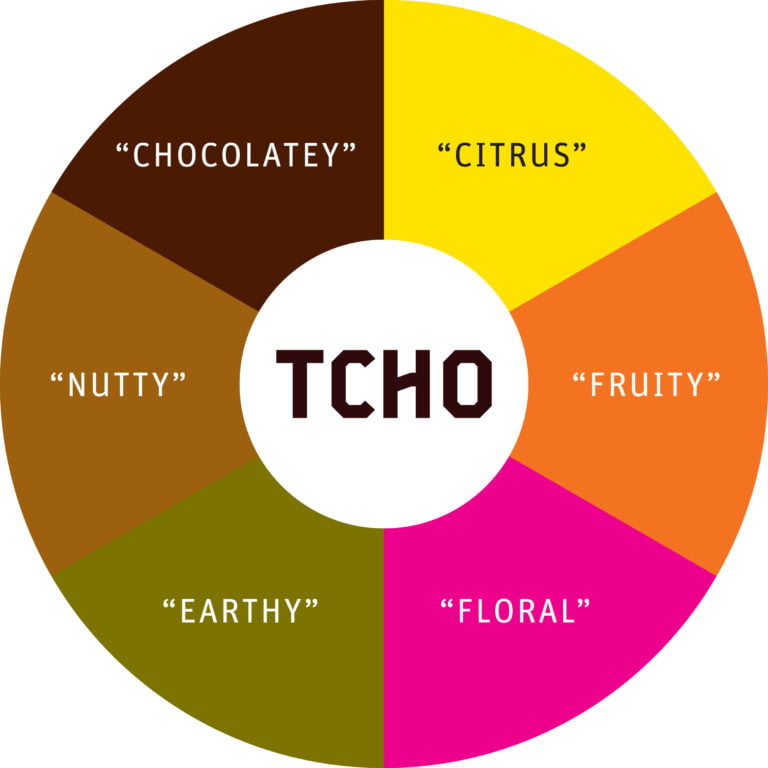Welcome to the ultimate guide to creating unique flavor profiles in chocolate confections! Crafting chocolate confections is an art that goes beyond just making something sweet to eat. Every element, from the texture to the flavor, should be carefully crafted to create a memorable experience for your taste buds. In this guide, we’ll explore the process of creating unique flavor profiles and share our best practices for infusing your chocolate creations with unexpected and delightful flavors.
Understanding Flavor Profiles
To create unique flavor profiles, you need to understand the basics of flavor profiling. Flavor profiling involves analyzing the various sensory elements of a food or beverage to identify its unique flavor characteristics. In chocolate, we can break down these elements into three categories:
- Flavor notes: These are the primary flavors that define a chocolate’s taste profile. Sweet, bitter, fruity, nutty, and floral are some standard flavor notes.
- Aromas are the scents that make up the chocolate’s overall aroma. Aromas can be fruity, floral, earthy, or even spicy.
- Texture: Texture refers to the mouthfeel of the chocolate, including its smoothness, creaminess, and overall thickness.
Understanding these categories is crucial for creating unique flavor profiles in chocolate confections. Each class is essential in creating a well-balanced and memorable chocolate experience.

The Creative Process
Creating unique flavor profiles requires creativity and experimentation. Here are some steps to follow to develop your flavor profiles:
Step 1: Start with a Base Chocolate
Choose a high-quality base chocolate for your confections. The flavor and quality of the base chocolate will affect the final product, so choose wisely. You can also experiment with different types of chocolate, such as milk, dark, or white, to create other flavor profiles. For example, milk chocolate has a milder flavor than dark chocolate and is well-suited for pairing with fruits and nuts.
Step 2: Add Complimentary Flavors
Add complementary flavors to the base chocolate to enhance its natural flavors. Some complementary flavors include vanilla, sea salt, coffee, nuts, and fruits. However, be careful not to overpower the base chocolate with too many flavors. Adding too many flavors can make the chocolate taste muddled and less memorable.
Step 3: Experiment with Contrasting Flavors
Adding contrasting flavors to your chocolate confections can create unexpected and unique flavor profiles. For example, pairing sweet chocolate with spicy chili or tangy citrus can create a complex and intriguing taste. Don’t be afraid to try unconventional flavor combinations, as they can make some of the most memorable and unique taste experiences.

Step 4: Test and Refine
Taste your chocolate confections as you add flavors, and adjust as necessary to achieve the desired flavor profile. Remember that creating unique flavor profiles is a process, so don’t be afraid to experiment and try new combinations. Don’t be discouraged if your first attempts don’t appear as expected. With practice and experimentation, you’ll learn which flavor combinations work best and how to balance them properly.
Infusing Flavors
Infusing flavors is a technique that can add depth and complexity to your chocolate confections. Here’s how to do it:
Step 1: Choose Your Flavoring Agent
Choose a flavoring agent that will complement your base chocolate, such as herbs, spices, or extracts. For example, vanilla extract can enhance the natural flavor of milk chocolate. You can also use more unconventional flavorings like lavender or rosemary to create a unique taste experience.
Step 2: Infuse Your Flavoring Agent
You can use your flavoring agent in your base chocolate by heating it gently in a double boiler. This allows the flavors to meld together and creates a more complex taste. The key is to infuse the flavor gradually, so the chocolate doesn’t become overwhelmed by the flavoring agent. You can also experiment with different types of chocolate and flavoring agents to create unique and exciting flavor combinations.
Step 3: Use the Infused Chocolate in Your Confections
Use the infused chocolate in your confections, such as truffles, bars, or bonbons. Infusing flavors into chocolate can elevate your creations to a whole new level and provide a unique and memorable experience for your customers. Remember to taste your products as you go, so you can adjust the flavor profile as needed.
Tips and Best Practices
Here are some additional tips and best practices to keep in mind as you create your unique flavor profiles:
- Start with small batches to experiment with flavor combinations without wasting ingredients.
- Be mindful of ingredient quality. High-quality ingredients will produce better flavor profiles.
- Don’t be afraid to ask for feedback from others. Tasting panels and focus groups can provide valuable insights into the flavor profiles you create.
- Consider the visual appearance of your confections. Colors and patterns can influence the overall taste experience.
- Document your experiments and flavor profiles in a journal, so you can easily recreate successful combinations in the future.
Conclusion
Creating unique flavor profiles in chocolate confections is an art that requires creativity, experimentation, and a deep understanding of flavor profiles. Following the steps outlined in this guide, you can create delicious, unexpected, and unforgettable chocolate creations that will delight your taste buds. So, get creative, experiment, and have fun creating unique and delicious chocolate confections! Remember, the possibilities are endless regarding flavor combinations, so don’t be afraid to try new things and discover your signature flavor profile.
FAQs
Q: What is flavor profiling? A: Flavor profiling is the practice of analyzing the various sensory elements of a food or beverage to identify its unique flavor characteristics. In chocolate, these elements include flavor notes, aromas, and texture.
Q: What are some examples of complementary flavors to add to chocolate? A: Vanilla, sea salt, coffee, nuts, and fruits are all examples of complementary flavors that can enhance the natural flavors of chocolate.
Q: Can you add contrasting flavors to chocolate confections? A: Yes! Pairing sweet chocolate with spicy chili or tangy citrus can create a complex and intriguing taste.
Q: How do you infuse flavors into chocolate? A: Infusing flavors into chocolate involves heating the flavoring agent gently in a double boiler and combining it with the base chocolate. This allows the flavors to meld together and creates a more complex taste.
Q: How do I know if I’ve created a unique flavor profile? A: Taste your chocolate confections as you add flavors, and adjust as necessary to achieve the desired flavor profile. Creating unique flavor profiles is a process, so don’t be afraid to experiment and try new combinations.
